As the first light touches the minarets of Istanbul, a warm, toasty aroma begins winding through the city's cobblestone alleys—the unmistakable perfume of freshly baked simit. Turkey's iconic sesame-encrusted bread rings, golden and glistening with pekmez glaze, emerge from wood-fired ovens to become the heartbeat of Turkish breakfast culture.
More than just street food, these circular delights represent a 600-year-old ritual where bakers, street vendors, and commuters collide in a daily dance of dough and devotion. The simit's magic lies in its deceptive simplicity—a humble combination of flour, water, and sesame seeds transformed through craftsmanship into something extraordinary, its crisp crust giving way to a chewy interior that has fueled empires and artists alike.
The Dawn Patrol of Simit Bakers
In the predine hours when Istanbul still sleeps, the city's simitçi ustaları (master bakers) begin their sacred alchemy. The best still use copper mixing bowls that have kneaded dough for generations, combining high-protein flour with a touch of molasses-sweetened water called pekmez. This ancient sweetener—made from boiled-down grape must—gives simit its characteristic bronze hue and subtle caramel notes. The dough undergoes a slow fermentation, sometimes with a piece of yesterday's batch as natural starter, developing complex flavors that industrial yeast can't replicate. Bakers judge readiness not by clock but by touch—when the dough springs back slowly after a gentle poke, like a well-rested pillow, it's ready for its sesame embrace.
The Sesame Alchemy
What transforms ordinary bread into simit is its glorious sesame crust—a shimmering golden armor of seeds that crackle under tooth before yielding to tender crumb. Authentic Istanbul simit uses only Turkish-grown sesame, toasted lightly to release nutty oils before coating. The seeds adhere through a meticulous process: each rope of dough gets dipped in diluted pekmez, then rolled across beds of sesame so dense they resemble sandy beaches. Too few seeds and the simit loses its character; too many and they overwhelm the bread's delicate balance. Master bakers know precisely how thickly to coat—about 60% coverage for ideal texture—and can tell by the sound of seeds falling whether today's batch will meet exacting standards.
The Wood-Fired Transformation
Traditional simit bakeries still use stone ovens heated with oak and almond wood, their soot-blackened interiors radiating the perfect dry heat for crust development. The rings bake directly on the oven floor, where temperatures approach 300°C (572°F), creating an audible "sing" as moisture explosively turns to steam. This intense heat works in concert with the pekmez glaze to create simit's signature duality—a crackling exterior with web-like fissures that reveal pockets of steam-softened crumb within. Veteran bakers rotate the rings with long wooden peels when the undersides develop "leopard spots," those dark brown freckles that signal ideal caramelization. The entire baking process takes exactly 12 minutes, timed to coincide with the city's waking hours.
The Street Vendor Ballet
As dawn breaks, freshly baked simit begin their journey on wooden trays balanced atop vendors' heads, their nutty aroma cutting through the morning mist. These simitçi are local celebrities, known for their distinctive calls—"Taze simit! Çıtır çıtır!" (Fresh simit! Crispy crispy!)—and encyclopedic knowledge of regulars' preferences. Some like theirs extra dark, others with a thicker seed coating; students request two for a budget breakfast, office workers might add a slice of kasar cheese. The most skilled vendors can flip simit into paper bags without touching them, using just a flick of their bread paddle—a small morning spectacle that regulars never tire of watching. Their carts become impromptu social hubs where neighborhood gossip is exchanged alongside coins, all to the soundtrack of crusty rings being torn open.
The Breakfast Ritual
Turks approach simit consumption with near-ceremonial reverence. The proper technique involves holding the ring at its "equator" to prevent sesame loss, then tearing vertically to preserve the spiral dough structure inside. Traditionalists insist simit tastes best when accompanied by çay (Turkish tea) in slender tulip glasses—the tannins cutting through the bread's richness while the steam carries sesame aroma directly to the nose. Coastal cities might pair it with salty beyaz peynir (feta-like cheese) and olives, while Anatolian towns prefer dipping simit in kaymak (clotted cream) and honey. Regardless of accompaniment, the first bite should produce an audible crunch followed by a soft, slightly sweet chew—a textural symphony that defines the ideal simit experience.
Regional Variations Across Turkey
While Istanbul's simit remains the gold standard, regional interpretations showcase Turkey's diverse culinary landscape. Izmir's version, called "gevrek," is thinner and crispier, baked in oblong shapes to accommodate more sesame coverage. Ankara favors a softer, doughier interior with fewer seeds, while Bursa's simit incorporates nigella seeds for peppery contrast. The most unusual variation comes from Gaziantep, where bakers add pistachio flour to the dough and finish with a drizzle of pomegranate molasses. What unites all versions is their role as social equalizers—eaten by CEOs and construction workers alike, always fresh, always affordable, always delicious.
Simit in Turkish Culture
This humble bread ring has woven itself into Turkey's national identity. Ottoman miniatures depict simit vendors plying their trade near the Hagia Sophia, while 19th-century European travelers rhapsodized about "those marvelous sesame circles" in their journals. Modern Turkish pop songs use simit as a metaphor for life's cyclical nature, and politicians have been photographed eating them to appear relatable. The bread even has its own "language"—a simit left whole signals happiness in a household, while one torn apart might indicate grief. In Istanbul's Grand Bazaar, merchants still begin negotiations by sharing a simit, believing breaking bread together fosters honest deals.
Global Adaptations and Innovations
As Turkish diaspora communities flourish worldwide, simit undergoes creative reinterpretations while maintaining its soul. New York bakeries craft "simit bagels" with everything seasoning, while Berlin's Turkish neighborhoods offer whole-grain versions. Gourmet Istanbul cafes stuff simit with smoked turkey and rocket, and food scientists have developed gluten-free alternatives using chickpea flour. Yet the most compelling innovations honor tradition—like London's "Simit House" that imports Turkish sesame seeds, or Sydney's weekend markets where a third-generation baker uses his grandfather's pekmez recipe. Regardless of form, the goal remains: capturing that magical moment when crisp crust yields to pillowy interior, releasing the unmistakable scent of Turkish mornings.
Preserving the Simit Craft
With industrialization threatening artisanal methods, Istanbul's simit masters are fighting to preserve their craft. The city now hosts an annual Simit Festival where elderly bakers demonstrate hand-stretching techniques to younger generations. Some bakeries have installed glass walls so customers can watch the rhythmic dough shaping and seed-coating process. Agricultural cooperatives promote heirloom wheat and organic sesame crops to maintain authentic flavors, while food historians document regional variations before they disappear. Through cookbooks and documentaries, Turks ensure this edible heritage continues—not as nostalgia, but as a living tradition that still nourishes millions daily.
Conclusion
To bite into a warm simit as the call to prayer echoes over Istanbul is to taste continuity itself—a direct connection to bakers who have performed this daily ritual since Suleiman the Magnificent ruled. In its circular form lies symbolism: the unbroken chain of knowledge passed from master to apprentice, the cycles of day and night, the communal spirit of sharing food.
As Turkey strides into modernity amid skyscrapers and smartphones, the simit remains a comforting constant—proof that some pleasures need no improvement, only preservation. Whether enjoyed plain on a ferry crossing the Bosphorus or dressed with cheese in a bustling office, that first sesame-crunchy bite whispers an eternal truth: great civilizations can be built on simple bread, so long as it's made with care, consumed with gratitude, and shared with joy.

By John Smith/Mar 29, 2025
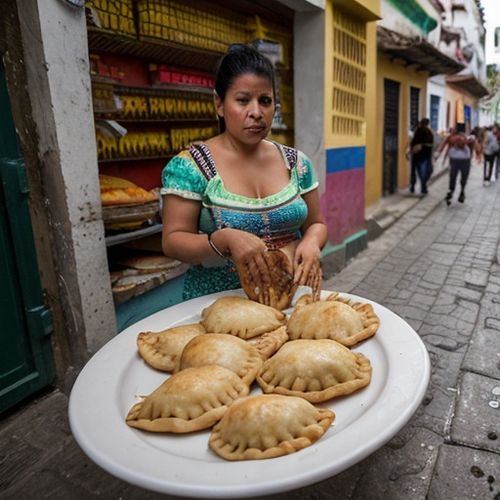
By Emily Johnson/Mar 29, 2025

By Christopher Harris/Mar 29, 2025

By Rebecca Stewart/Mar 29, 2025

By Ryan Martin/Mar 29, 2025
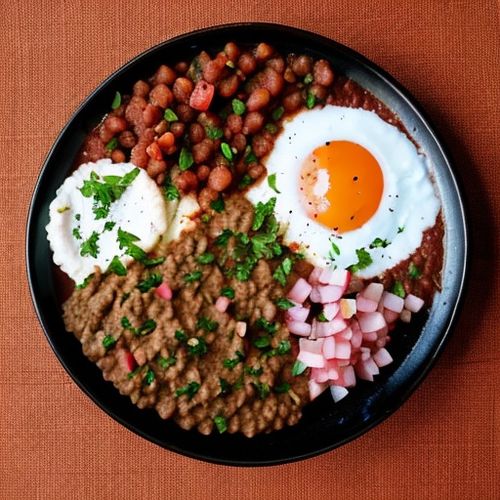
By Olivia Reed/Mar 29, 2025
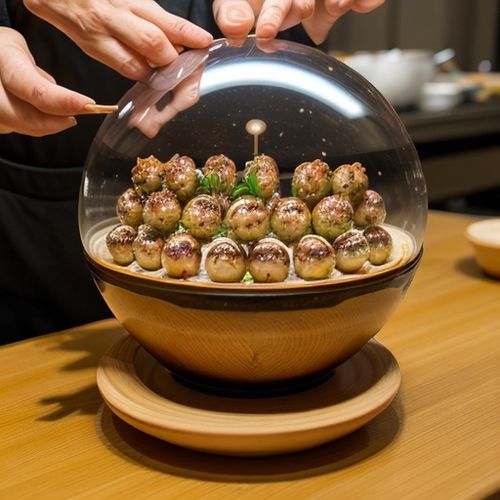
By Joshua Howard/Mar 29, 2025
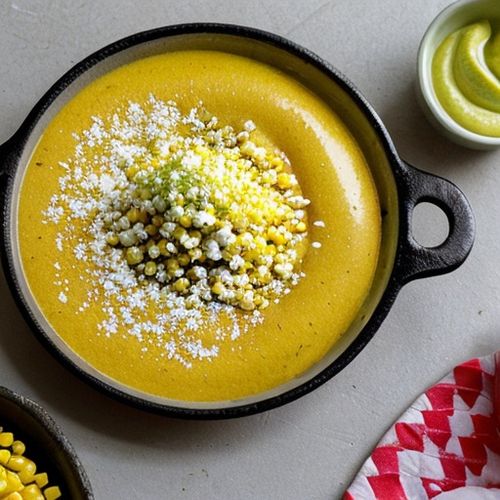
By Sophia Lewis/Mar 29, 2025
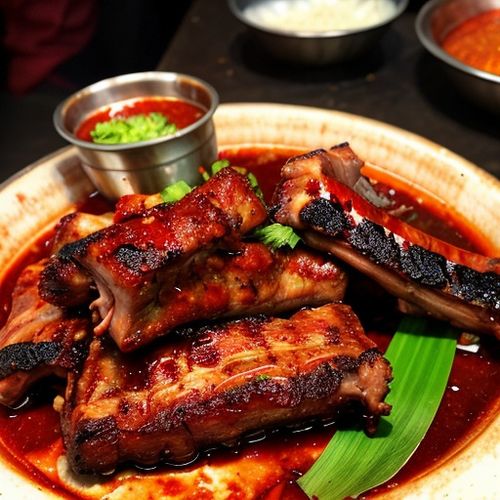
By Daniel Scott/Mar 29, 2025

By Daniel Scott/Mar 29, 2025
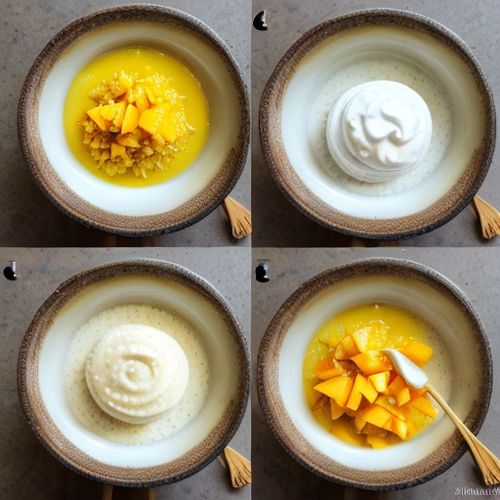
By Michael Brown/Mar 29, 2025

By Eric Ward/Mar 29, 2025

By Grace Cox/Mar 29, 2025
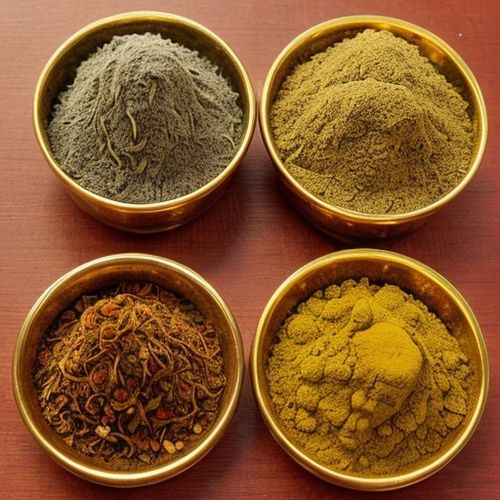
By Sarah Davis/Mar 29, 2025
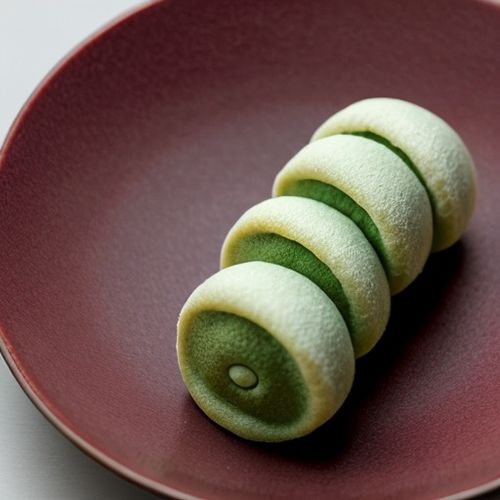
By David Anderson/Mar 29, 2025

By George Bailey/Mar 29, 2025

By Christopher Harris/Mar 29, 2025

By Emily Johnson/Mar 29, 2025

By Laura Wilson/Mar 29, 2025